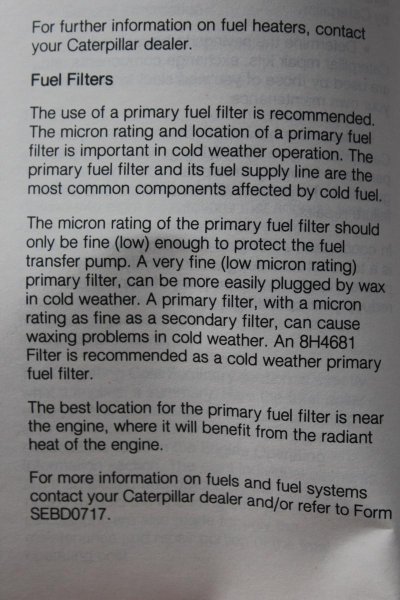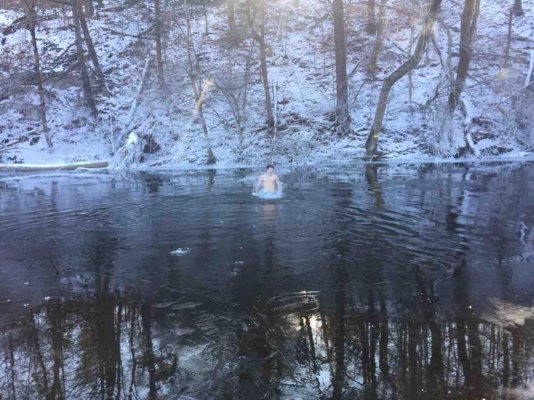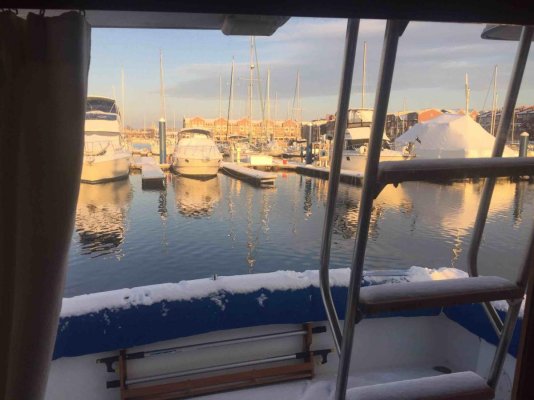psneeld
Guru
Bigfish
It is not necessary to debate the issue too passionately if you have a low gph Lehman built and nearly half a century ago.
But, if your very nice vessel has JD 1225s or similar, twins to your vessel do as I remember, by the book staged filtration on those expensive engines is well warranted.
Without repeating some excellent points made, posts #45 ( must read articles IMHO) and #55 (by the book current technology application) are worth re-mentioning.
Good post.
....and exactly my point...I will admit its a tiny point to many, but TF does have a lot of low power Lehman 120 users that dont have to follow NASA level considetations.
For the old style Lemans, and any similar engine...its not a big deal...not enought to spend one dime more to chsnge any decent setup you have.
As I posted, bigger, newer, more finicky engines, etc...absolutely progressive.
I reread the Athens article...he pointed out very specifically...know your system, know your engines total fuel draw, maintain your fuel, etc, etc...
If you have a Lehman 120, with good clean fuel and tanks, and run it like many Lehman owners at 45hp or less....all the "better" ideas are still marginalized.






